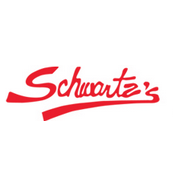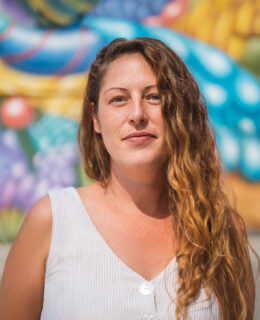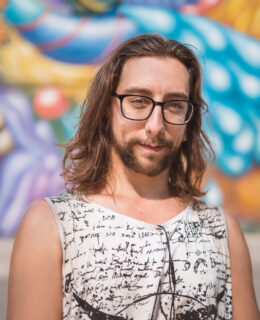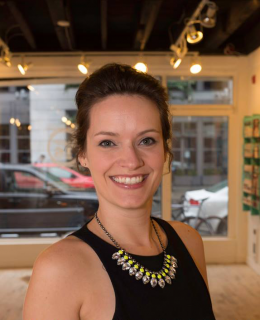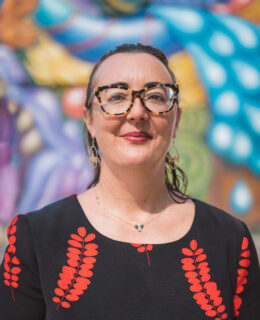Our Team
OUR BOARD OF DIRECTORS
about the Saint laurent boulevard
Founded in the year 2000, the Société de développement du boulevard Saint-Laurent (SDBSL), which was initially the Village international du boulevard Saint-Laurent, makes it their mission to oversee the economic, social and cultural development of the artery between Sherbrooke Street and Laurier Avenue. As of January 1st, 2018, the association extended its territory from Mont-Royal Avenue to Laurier Avenue. Funded by the 700 businesses located in their area, the SDBSL works in harmony with the community and the local authorities so as to ensure the proper development of the Main.






the history of the boulevard
HISTORICAL ITINERARY
May 15, 2014 - posted by maudThe Main represents Montreal's history the same way growth rings determine the age of a tree. Of course, you probably already know that. After all, it isn't called the Main for nothing. Here are five spots located on the Saint-Laurent Boulevard that will hopefully let you discover something new about the city of Montreal and [...]
Known as a significant historical site by the Government of Canada, the Saint-Laurent Boulevard is the most important transverse axis on the Montreal Island as well as being the oldest artery of the city to have been developed towards the north. In 1672, the street was then known as Saint-Lambert within the fortifications of the city. Beyond the walls, the street led to the country and to the Parish of Saint-Laurent founded in 1720.
It was in 1792 that Montreal drew two halves: the East and the West separated by Saint-Laurent Street. Throughout the 19th century, the English-speaking middle-class started to settle in the northwest of the city, the French-speaking middle-class in the north, the workers in the east and southwest while all the new immigrants settled along the Saint-Laurent Boulevard axis. Montreal has seen many different waves of immigration, which in turn resulted in the formation of ethnic boroughs along the Boulevard, such as Chinatown and Little Italy.
In 1905, the Montreal’s City Council officially changed the name to “Saint-Laurent Boulevard”. It was also at that time that the border between Montreal East and Montreal West was officialized. This implementation is what led to the civic numbers we have today.
The Saint-Laurent Boulevard still represents, till this day, the division between the francophone community and the anglophone and allophone communities, although this separation is today but a symbolic one. We can now find people from all language communities on both sides of the Boulevard.
In its rich history, the Saint-Laurent Boulevard has seen a large number of establishments set up shop in this area before they became cultural institutions to the city, such as restaurants like Schwartz’s and Moishes.
Today, the Saint-Laurent Boulevard is considered especially cutting edge and trendy on the cultural scene.
LES AMIS DU BOULEVARD
Le 7 avril 2010, la Société de développement du boulevard Saint-Laurent et Les Amis du boulevard Saint-Laurent inauguraient leur projet « La Main, toujours de son temps ». 19 panneaux ont été confectionnés pour mettre en valeur l’histoire multidimensionnelle de la Main. Cette série de panneaux, est installée à l’intérieur des commerces, et permet de découvrir la diversité de gens, d’usages, d’édifices associés à plusieurs lieux d’intérêt patrimonial sur le boulevard Saint-Laurent.





